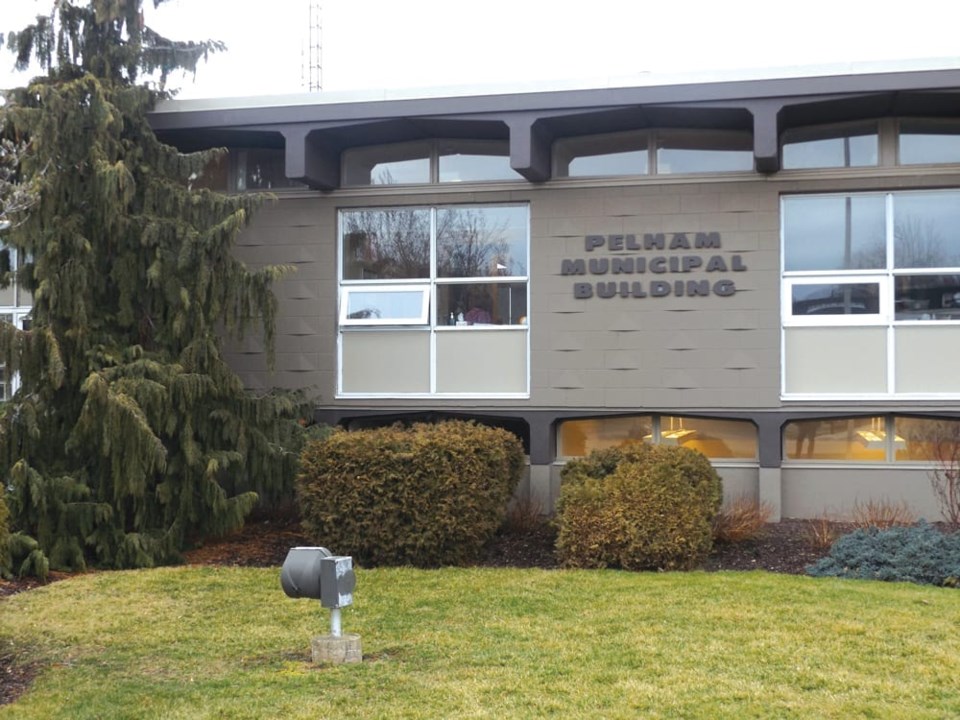At its meeting last Tuesday evening, April 3, Pelham Town Council heard an update from SGL Planning, the firm hired to create the secondary plan for the East Fenwick development.
The secondary plan will create guidelines for developers planning to build in East Fenwick, east of Balfour Street between Memorial Drive and Canboro Road, and Canboro and Welland Road.
SGL’s Ute Maya-Giambattista presented to Council the same plan that was discussed at a public meeting in late January, outlining SGL’s preferred plan.
In September, Maya-Giambattista showed residents a plan that had two dense areas between Canboro and Welland, and another plan that had three less-dense areas, with two between Canboro and Welland and the third between Canboro and Memorial.
“We were trying to learn what makes Fenwick Fenwick,” said Maya-Giambattista in January. “Maple Street seems to be a good representation of what Fenwick is. It has a sidewalk, large trees, and generous front setbacks.”
Last week, she told Council, “You have to be careful with how you transition from something more dense to less dense.”
Provincial regulations mandate that certain areas of urban development must have a density of 20 units per hectare, while another section of East Fenwick will have between eight and 15 units per hectare.
At 20 units per hectare, Maya-Giambattista said that this would be about 52 percent single detached homes, 33 percent townhomes, and 15 percent apartment units. The land to be developed into eight and 15 units per hectare is about 72 percent singles, 25 percent townhomes, and three percent apartments.
Maya-Giambattista said that the secondary plan will be strict in guiding developers into building single detached homes along existing roads in Fenwick, in an attempt to retain the current look of the village. More dense townhomes and apartment-style buildings will, under the plan, be built closer to the centre of the developments on new roads.
“[At the public meetings] what we heard was, ‘Fine, we get it, you have to grow. But we want to maintain the character of Fenwick,’” said Maya-Giambattista.
Part of the area surveyed by SGL must still undergo environmental assessment. Maya-Giambattista explained that SGL had created a “buffer policy” that would allow the Town to decide what’s appropriate for the plan after the results of the environmental studies are completed.
“These areas could be developed, or they could remain environmental,” she said.
Several councillors praised the vision laid out by SGL, and Councillor Peter Papp praised the possibilities of the plan.
“I just returned from Vancouver two weeks ago, and I saw a lot of effort in the integrating of older communities with new development,” said Papp. “Taking the historical development of community—this reminds me of that. Not to take away from the typical subdivision.”
Mayor Dave Augustyn raised the issue of drainage, which was a major concern at both public consultation sessions.
“[People were] looking for environmental protection, bio-swales rather than sending the water down,” said Augustyn. “The hope during the sessions was that certain [drainage] polices would be written into the plan.”
Maya-Giambattista said that the secondary plan will have an entire section on “how to deliver a stormwater management system.”
“[This will include] how to incorporate bio-swales. Our servicing team came up with a strategy as to how to have ponds for heavy rains in all of the parkettes, a Plan B strategy for flash-flooding. This was very much present from the beginning.”
Councillor Gary Accursi asked Director of Planning Barb Wiens about the next steps for the secondary plan.
“The draft document has been circulated out to agencies,” said Wiens. “Once [SGL] receives those comments they’ll be finalizing the policy set. It will come back to Council with a formal statutory public meeting.”
During discussion of Director of Public Works Andrea Clemencio’s monthly report, Peter Papp raised the issue of potholes on town roads.
“The pothole situation is the worst that I’ve seen,” said Papp. “It’s really starting to deteriorate. I trust that you’ll get back into the swing of things [once the weather improves].”
Clemencio said that Public Works was trying to find a balance between investing resources in fixing potholes and looking at the forecasts for entire resurfacing of roads.
“You’re trying to decide what treatment you can do to extend the life versus trying also to re-prioritize risks in a twenty-year forecast,” said Clemencio. “Welland Road is the classic example. We were counting on the work being done, but it was re-prioritized.”
The resurfacing of Welland Road was supposed to occur in 2018 but was deferred.
In the 2018 budget, Treasurer Teresa Quinlin writes, “since the capital projects were only able to be funded in 2018 by in-year reserve transfers and new grants, there were capital projects that were in the 2018 priority list that had to be deferred to future years.”
More than $3 million dollars worth of capital projects were bumped back from 2018 until 2019 or later.
Clemencio said that the Town had recently begun use of a new asphalt mix as its pothole-filler, and said that this material is an improvement over the previous approach.
Gary Accursi asserted that the pothole situation was “epidemic” in other towns.
“If you go to other municipalities, ours is doing better than most,” said Accursi.



